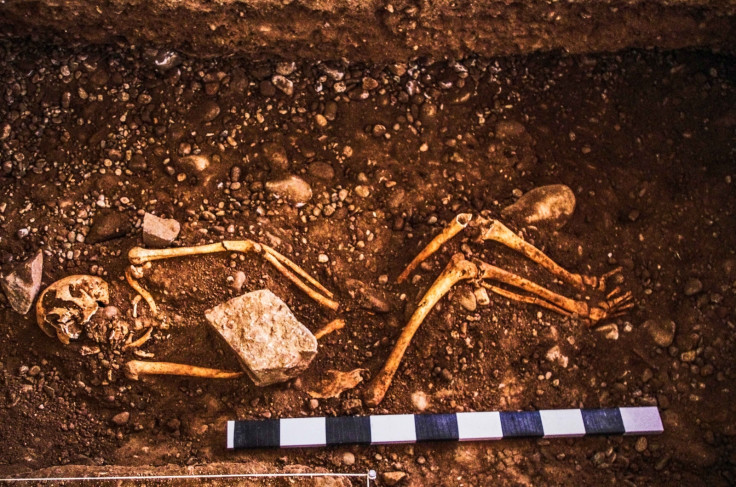Important Inca Remains of Hatun Xauxa Ceremonial Site Discovered in Central Peru
Human remains and Inca sacred ceremonial platform have been found in the city of Jauja, Peru
Peru state archaeologists have discovered the remains of Hatun Xauxa, one of the most important ceremonial places of the Inca Empire in central Peru.
Peru's Ministry of Culture has announced that the important archaeological remains were found in the city of Jauja in the central Andean region of Junin.

The archaeologists discovered the remains of an ushnu stone platform, a sacred throne or stage upon which the Inca king and his lords observed ceremonial events and seasonal festivals, which was usually built in the middle of a public plaza.
An ushnu is characterised by having a vertical opening into which liquid offerings are poured, such as maize liquor, and it is believed that the platform served a very important purpose in the political and sacred symbolic geography of the Inca Empire.
From the late 1990s onwards archaeologists from Peru, Bolivia, Ecador, Chile, Colombia and Argentina have been involved in el Proyecto Qhapaq Ñan (The Andean Road Project) to map the entire vast ancient network of Inca roads, which stretches across Peru, as well as much of South America.
Many ushnu, complete with distinctive Inca stonework, have been found on isolated mountain tops at least 4,000 metres about the sea level and are possibly some of the highest dressed-stone architecture found in the world.

In addition to the ushnu, archaeologists also found human remains that are believed to be an offering buried in the foundation of Hatun Xauxa, as well as ancient walls painted with distinctive red paint that could be from the first period of the ceremonial site's construction.
The Inca believed that the many natural disasters they experienced were caused by their gods and that their favour needed to be gained through human sacrifice.
Due to the strong belief that there was a much better afterlife for people to look forward to, human sacrifices were often treated very well before they were killed.
Archaeologists have found adult warriors buried beneath the foundations of temples, perhaps to protect them, while the remains of children have been found beneath other important buildings in the Inca Empire.

"These findings allow us to gauge the religious importance and the complex nature of activities in the ushnu of Hatun Xauxa, reflected also in the constant changes in its architecture," the Peru Ministry of Culture said in a statement.
The archaeologists now hope to compare their findings to those from Wanuku Pampa, an archaeological site in Huánuco Region, Dos de Mayo Province.
The ruins of the city lie on a plain above the Urqumayu valley in the North Central Highlands of Peru and archaeologists have previously found other offerings to the gods including another ushnu platform and a series of burials.
© Copyright IBTimes 2025. All rights reserved.




















